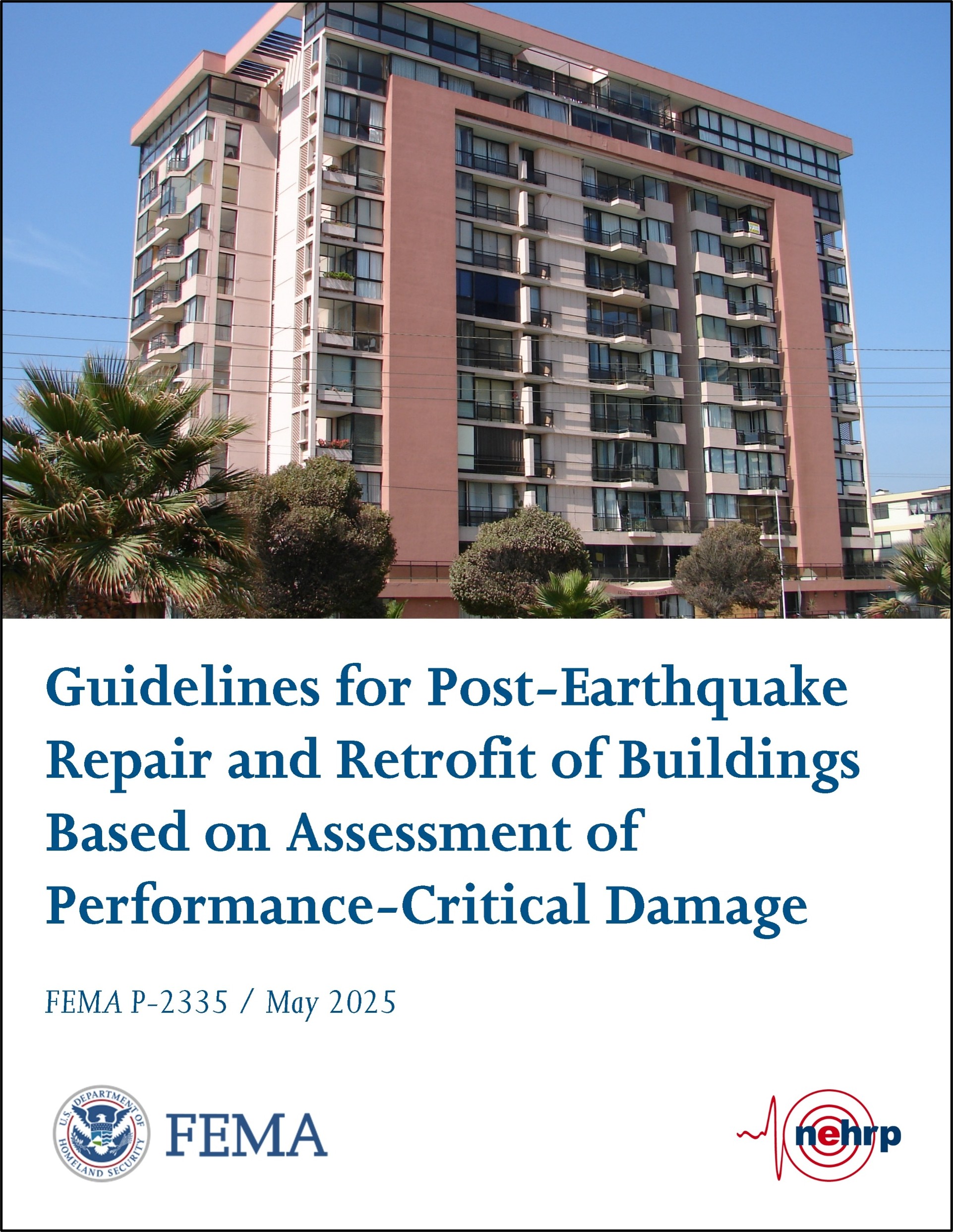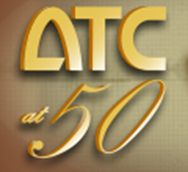PROJECT OVERVIEW
Title: Identification and Mitigation of Nonductile Concrete Buildings
Client: Federal Emergency Management Agency (FEMA)
PROJECT SUMMARY
The primary objective of this task order was to provide more robust information about the specific characteristics of older nonductile concrete buildings by identifying certain subclasses with inherent structural deficiencies suspected to be the most significant, and that can be more readily identified, and that represent a more consistent level of risk. Identification of the most vulnerable features of these subclasses will allow prioritization of research and more rapid implementation of current and emerging performance-based seismic design technologies for mitigation of hazardous nonductile concrete buildings.
On this project, the technical approach will involve: (1) the managed participation of highly qualified consultants specializing in the seismic assessment and upgrade of nonductile concrete buildings; (2) the conduct of work in a collaborative and consensus-oriented process; (3) the preparation of concise, state-of-the-art, user-friendly reports documenting currently available sources of information on identification and risk classification of older concrete buildings, and (4) the results of analytical studies in this project to identify high risk building characteristics.
Task 1: Perform a Pilot Study for Evaluation of Method for Selection of Collapse Indicators.
This task involved reviewing and advancing work performed by others to develop a method of identifying, characterizing, and ranking the significance of deficient characteristics of older nonductile concrete buildings. The work-product of this task is intended to serve as a pilot study for evaluation of a methodology to select configurational and/or structural characteristics that are significant collapse indicators in older concrete buildings. An outline for this pilot study is described as part of Task 1.4 in the NIST/ATC 76-5 Program Plan.
Subtask 1.1 – Review Concrete Building Subclass Information from Related Projects and Define a Basic Nonductile Concrete Building Prototype.
This task required coordination with ongoing research in this area, including: (1) the NSF/NEES Grand Challenge research project; (2) the Earthquake Engineering Research Institute (EERI) Concrete Coalition; (3) the NIST/BSSC study to identify concrete building subtypes; and (4) the NIST-funded ATC-76-5 Project. Recommended project participants have been selected with this coordination in mind. A basic building prototype will be identified that represents an older concrete building without deficiencies that are currently identified as collapse indicators. The performance of this building will represent the baseline collapse risk against which the influence of various deficiencies will be measured. In addition, two to four deficiencies (e.g. weak story, shear critical column, etc.) previously identified as significant in other projects, will be selected for the pilot study.
Subtask 1.2 – Conduct Problem-Focused Analytical Studies to Test and Prioritize Deficient Building Characteristics
This task involved the conduct of analytical studies in accordance with FEMA P695 Quantification of Building Seismic Performance Factors to determine the collapse risk of the basic building prototype. The basic building prototype then will be modified to incorporate a previously identified deficiency; the severity of this deficiency will then be varied to study the resulting changes in collapse risk. This study is intended to be completely coordinated with the overall Program Plan of NIST/ATC 76-5 although it only addresses a portion of that plan. The analysis work is intended to satisfy the pilot study described in Task 1.4 of the NIST/ATC 76-5 Program Plan and to identify several collapse indicators as described in Task 2.1 of that plan. Several tasks of the NIST/ATC 76-5 Program Plan that are needed to obtain the comprehensive results envisioned are not needed for the conduct of this study. For example, this study does not include Task 1.1 of the Program Plan (Identification of critical deficiencies) because sufficient deficiencies are already identified for this pilot study. Task 1.2 (Selection of building prototypes) will be partially accomplished with selection of the basic building prototype. Task 1.3 (Identification of ground motions and component models) is not needed for the pilot study because adequate sets of ground motions and component model exist to perform a pilot study.
Subtask 1.3 – Develop Building Evaluation Rules in Accordance with Conclusions of Subtask 1.2.
This task utilized the trends from focused analytical studies to assist in developing an enhanced screening procedure that could be used to progressively prioritize (screen) an inventory of older nonductile concrete buildings. As currently envisioned, this procedure would involve more detail and effort (with greater reliability) than the FEMA 154 procedure for rapid visual screening of buildings (FEMA 2002), but less effort than the ASCE 31 procedure for seismic evaluation of existing buildings (ASCE 2003). Evaluation procedures will be developed only for the deficiencies studied in Subtask 1.2.
Task 2: Preparation of a Report Documenting Analytical Studies of Subtask 1.2 and the Draft Building Evaluation Procedures developed in Subtask 1.3.
Preparationand publication of ATC-78 technical report was completed (December 2011).




